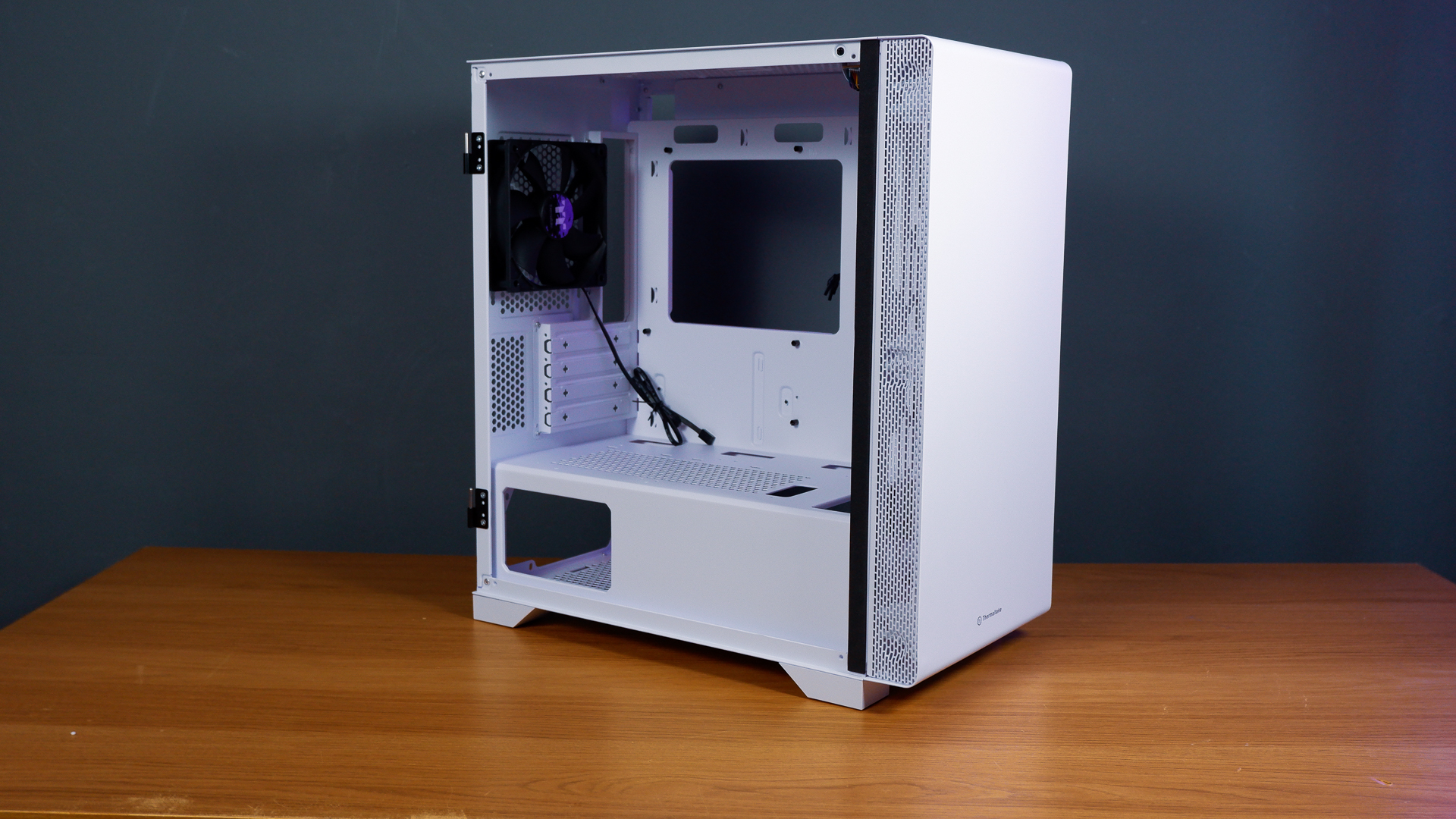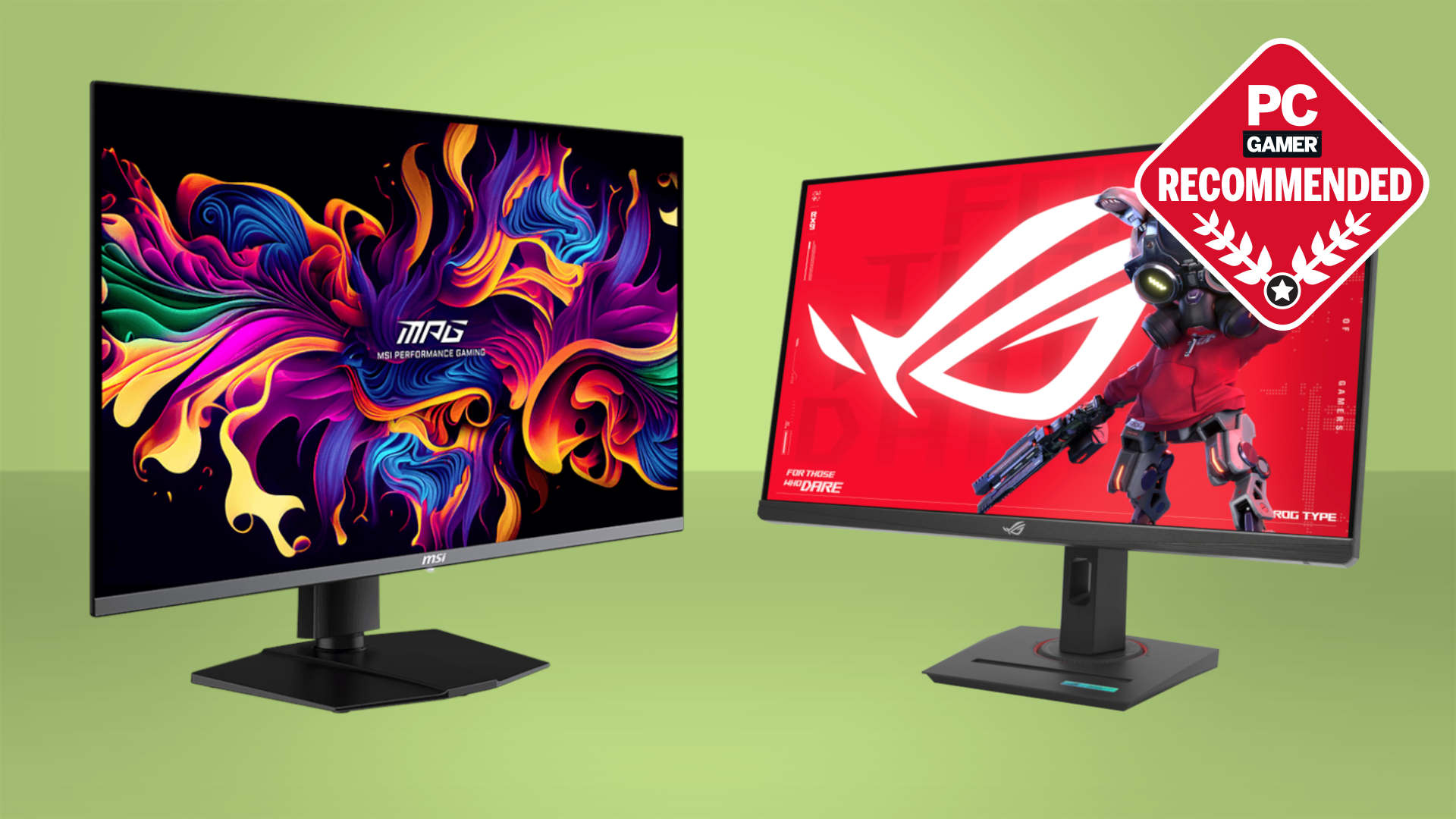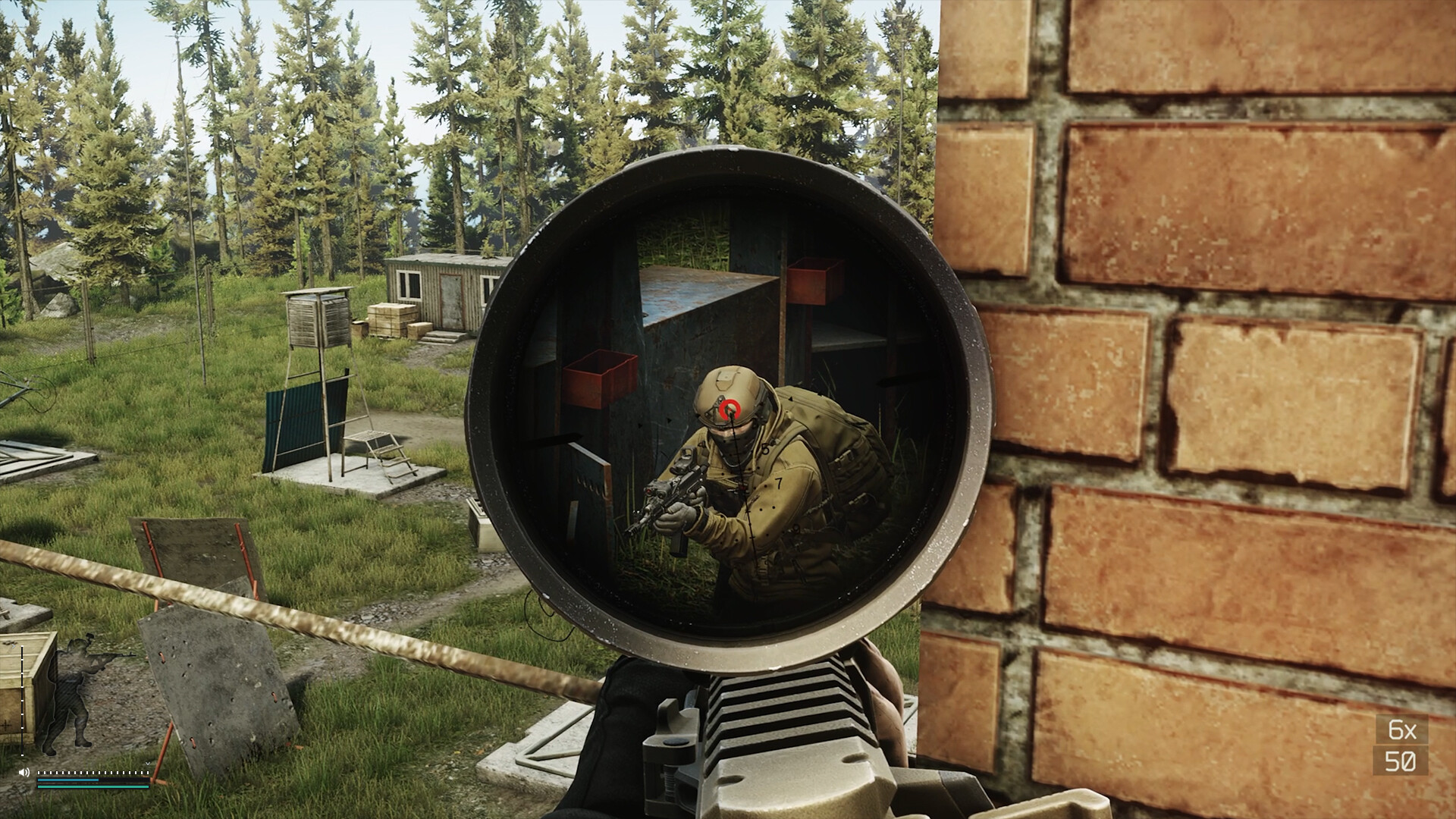Our Verdict
The Thermaltake S100 TG Snow Edition is a great start to any white gaming PC build. It's affordable, and that shows in places, but the bare necessities are done exceptionally well.
For
- Uniform white colour
- Loads of room
- Super affordable
Against
- Only one fan included
- Non-removable expansion slot covers
- Limited cable management options
PC Gamer's got your back
Here's a truly budget PC case, and one that has impressed me with just how good it looks, considering its cost. This here is the Thermaltake S100 TG Snow Edition, and that's just a fancy way of saying it's a white PC case with a tempered glass side panel.
With its price being one of its best features, let's note that early. The S100 will cost you $70/£40. It has been even more affordable on occasion, but that seems to be the price tag you can expect for this one month to month. One thing to consider with that price is that you will likely need to buy a set of fans for the front of it. There's one included in the box, a basic black fan fit to the rear exhaust, though it's only rated to 1000 rpm. Even with a set of three fans, you can still expect to pay less for the Thermaltake S100 TG Snow Edition than our best budget case pick, the Phanteks G400A, though the latter still has its merits.
Thermaltake describes the S100 as a 'micro case', which means it will only fit Micro-ATX or smaller motherboards, rather than a full-size ATX unit. That does mean you're a bit more limited than some, but affordable motherboards are, more often than not, Micro-ATX, so you won't struggle to find something that fits for cheap. Though generally I wouldn't recommend going for a Mini-ITX with this case—I did for my test build as I had no Micro-ATX lying around, but generally you'll pay more for Mini-ITX than even ATX, and you're not getting the benefits of a truly mini machine. Grab a Fractal Design Terra for that.
As I mentioned previously, there's a tempered glass side panel on this case. To my surprise, however, it's held on with two hinges. That makes for very easy access to the innards, especially as the panel can be lifted off the hinges easily. For all the PCs I'm building at the moment, I still like a hinged case the best for general use. The Corsair iCUE 5000T I use for my own gaming PC, which also has hinges, and I'm constantly swapping parts out of that thing. Unlike the Corsair, however, the Thermaltake has no way of securing the panel on the hinges, only gravity, which means you have to be a bit more careful shipping it—the panel might slip off if the PC is totally upside down. I'm going to stop saying hinges now.
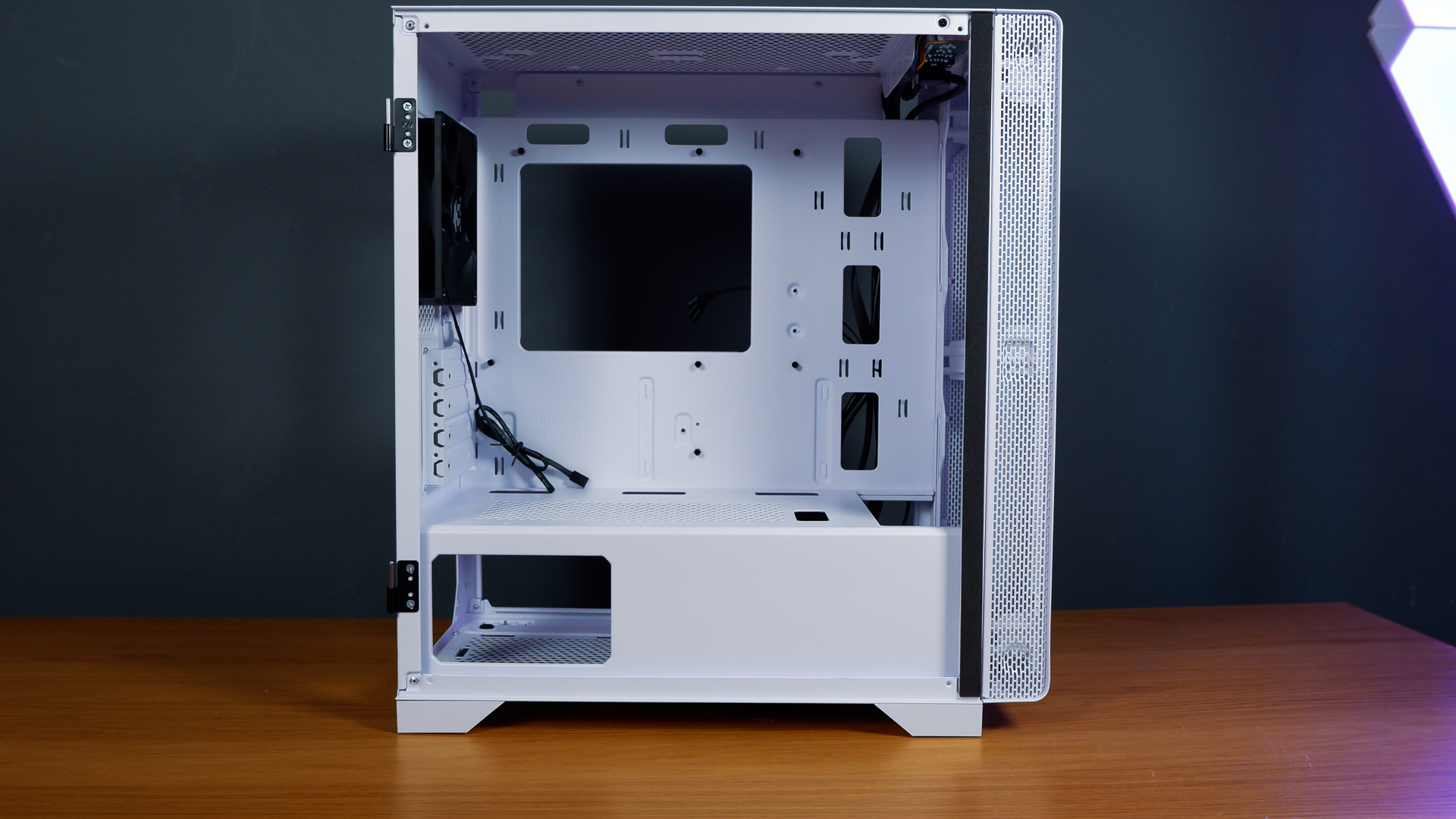
Motherboard compatibility: Micro-ATX, Mini-ITX
Dimensions: 441 x 220 x 411 mm (17.36 x 8.66 x 16.18 inch)
Weight: 6.1 kg / 13.45 lbs
Fans: 1x 120 mm in rear
Front IO: 2x USB 2.0, 1x USB 3.0, 1x 3.5 mm audio, 1x 3.5 mm microphone, power, reset
Radiator support: Up to 280 mm (front), up to 280 mm (rear)
Fan support: Up to 3x 120 mm/2x 140 mm (front), Up to 2x 120 mm/2x 140 mm/1x 200 mm (top), 1x 120 mm (rear)
Max length (GPU): 330 mm
Max length (PSU): 160 mm
Price: $70/£40
The build process with the S100 is a breeze. There's ample room in front of the motherboard tray, and it's surrounded by cutouts for cables on the top, bottom, side, and even above the PSU shroud for neater cabling to your graphics card. The PSU shroud extends almost the entire rear to front of the case, offering heaps of room beneath, and leaving only a small cutout at the front for any fans you might mount there.
The case offers decent clearance for your graphics card at 330 mm, though you will eat into that a little with the fans mounted in the usual front position. The XFX Swift RX 9070 XT is a little too big, speaking from experience, as it measures 325 mm and collides with the front fans. You could, maybe, fit some fans on the outside of the mount, behind the front panel, but since the front panel uses side ventilation and has no mesh on the front, you will likely severely reduce the airflow. Better just play it safe and stick to the usual configuration—a Gigabyte GeForce RTX 5070 Ti Eagle OC Ice SFF fit snugly without issue for me.
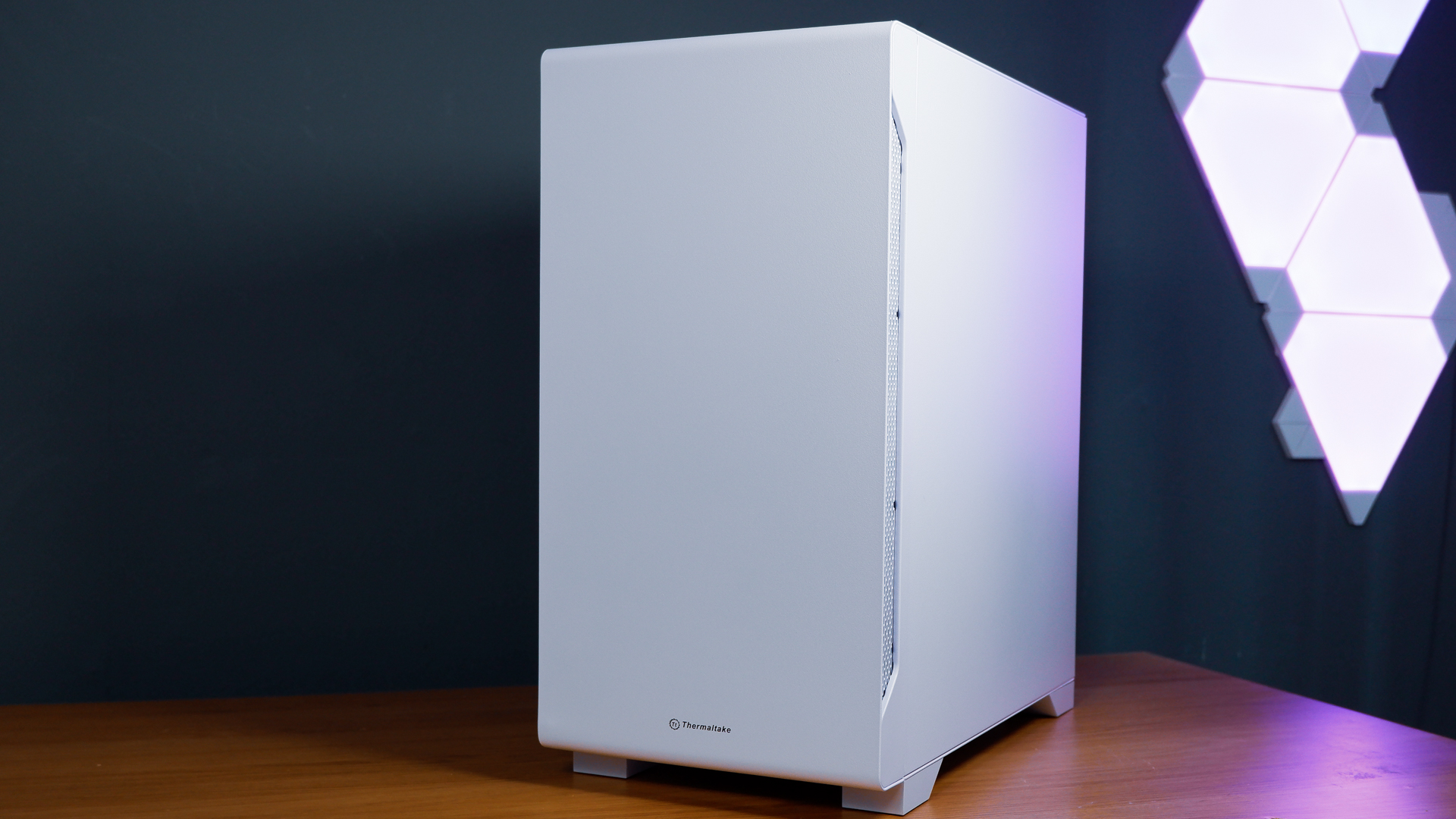
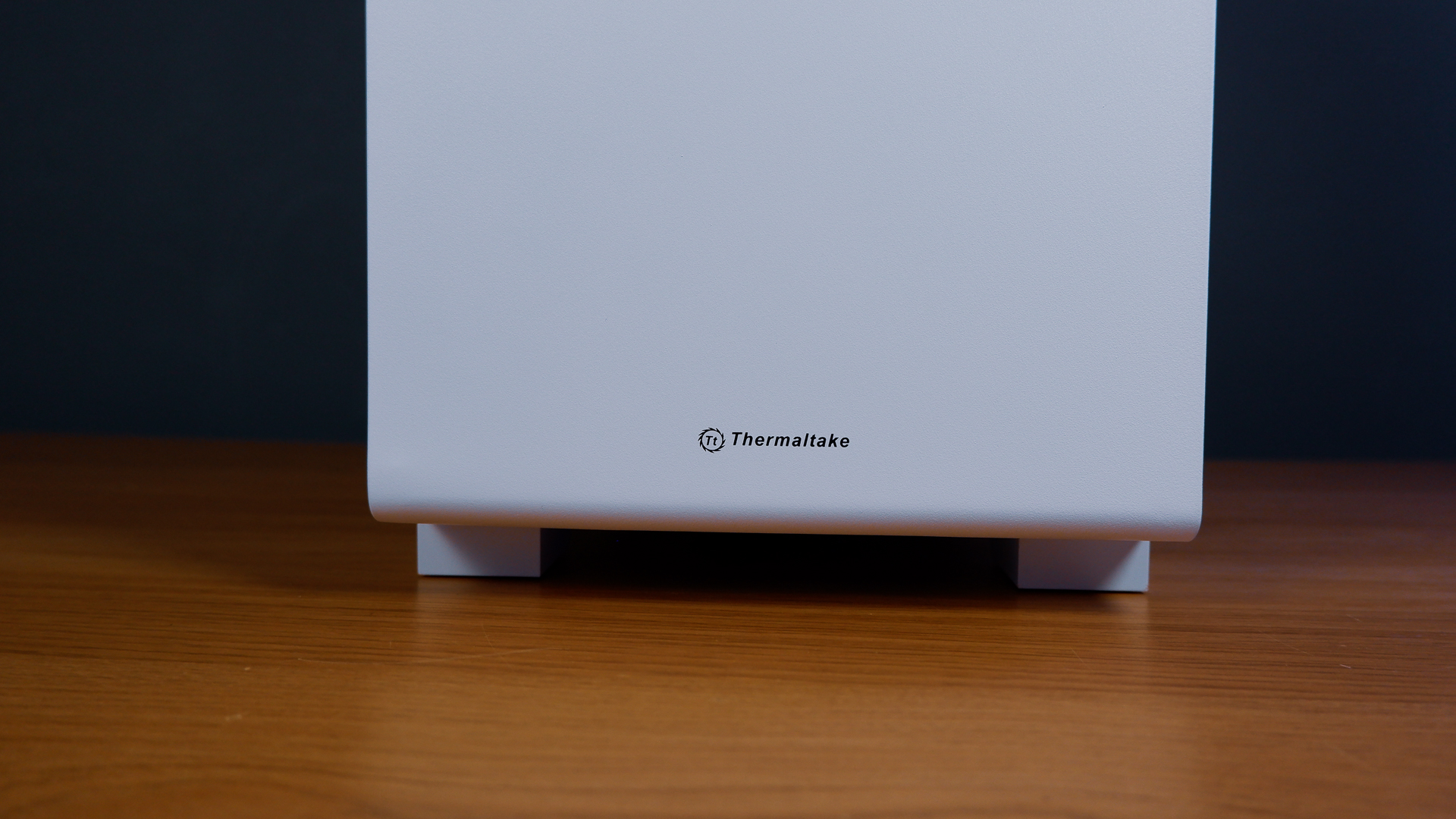
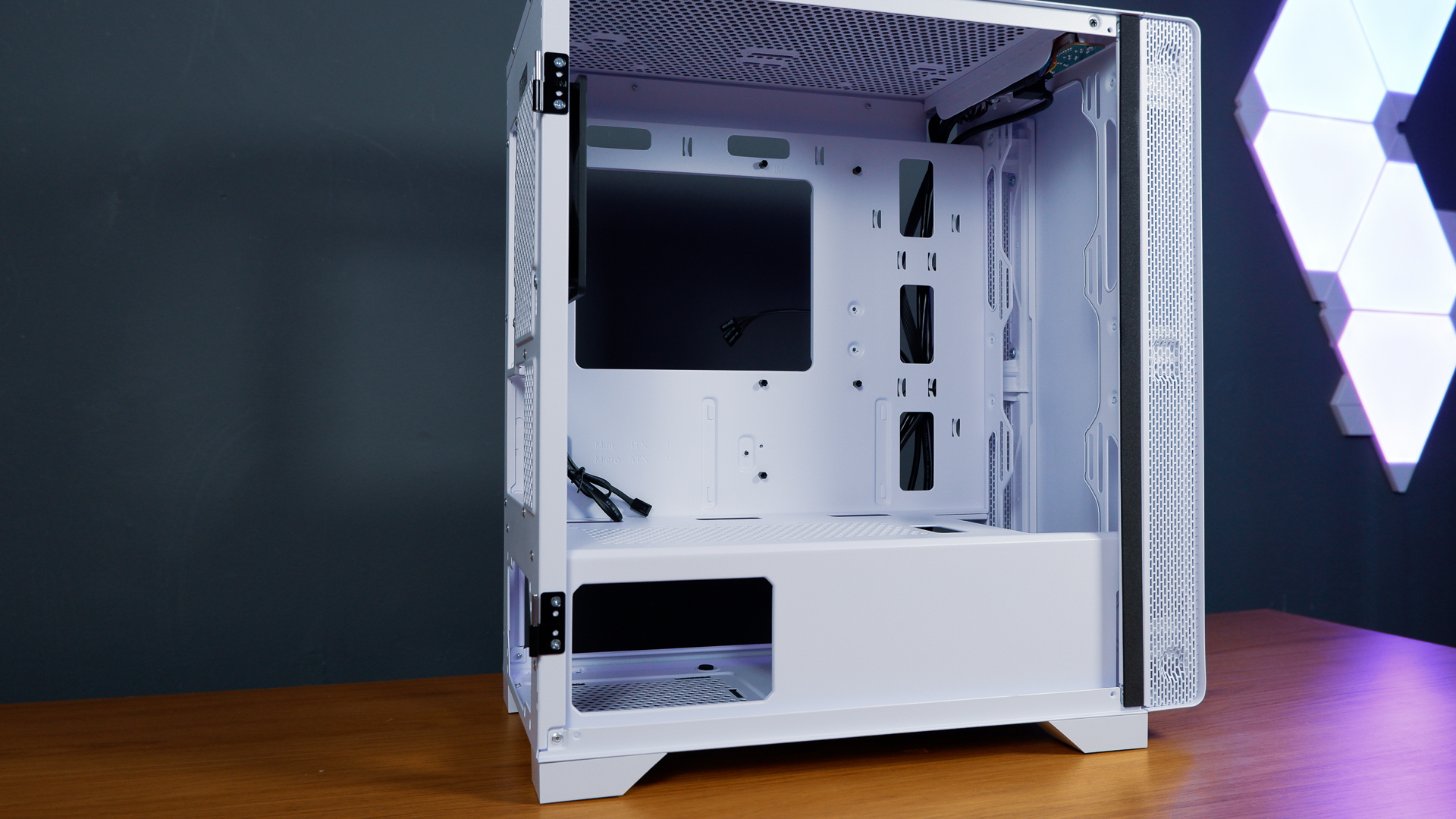
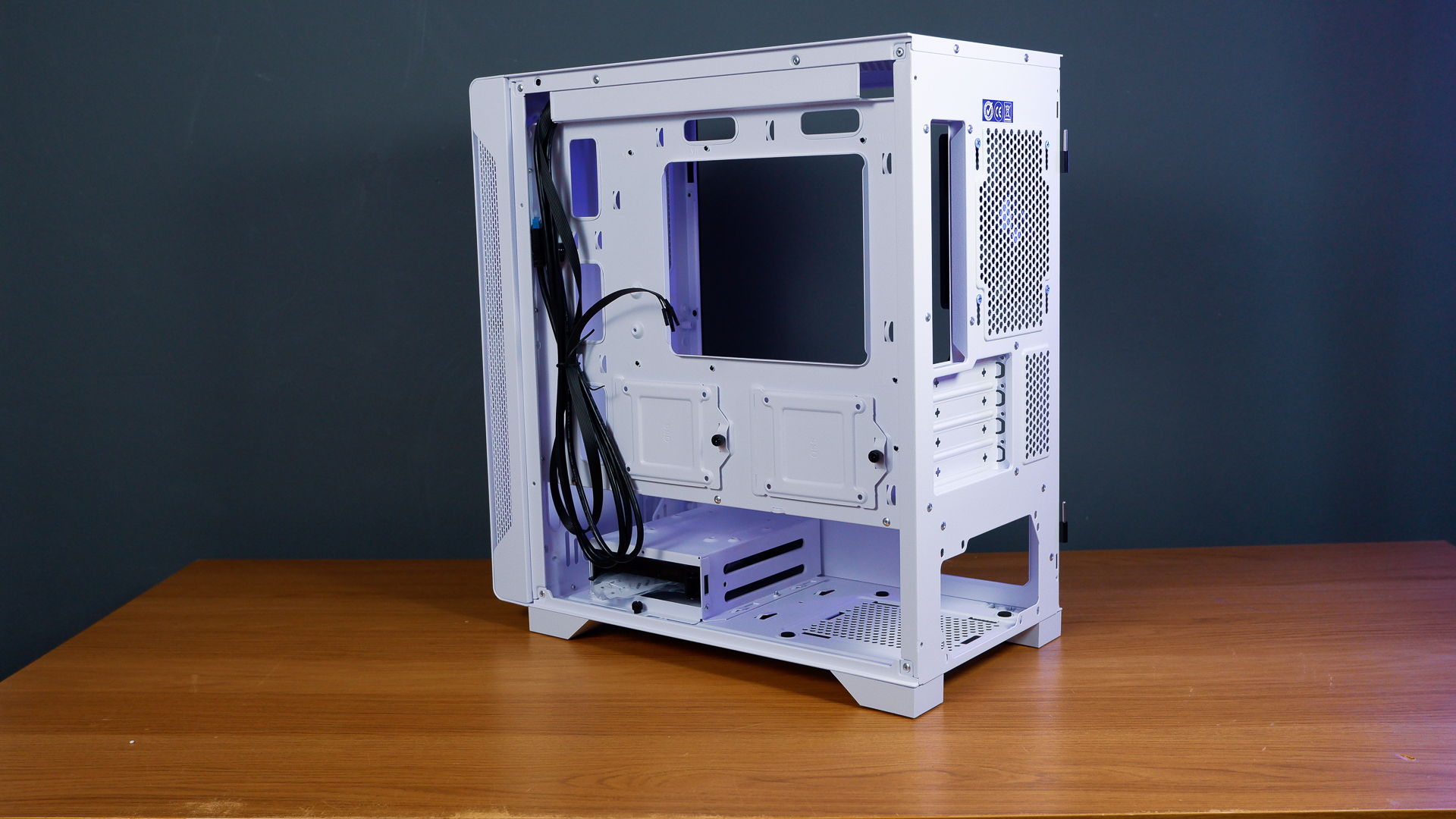
Though you do have to pry off the expansion slot covers to install a graphics card, and you can't refit them afterwards. That's not a huge issue if you're only ripping off two of them, as most GPUs only need two, but if you use another add-in card or use a triple-slot card, you'll remove more. That's only an issue if you then swap something for a smaller unit or get rid of it entirely, leaving an ugly gap in its place.
Keep up to date with the most important stories and the best deals, as picked by the PC Gamer team.
There's no space for any side-mounted fans here, as is often the trend with today's cases, but the S100 keeps things simple. If you're using a liquid cooler, you'd best stick to the standard configuration with your intake on the front, exhaust out the back, and a liquid cooler's radiator up top. Or, you can try to squeeze the radiator in the front, but you'd ditch the best spot for intake fans and limit your GPU clearance further.
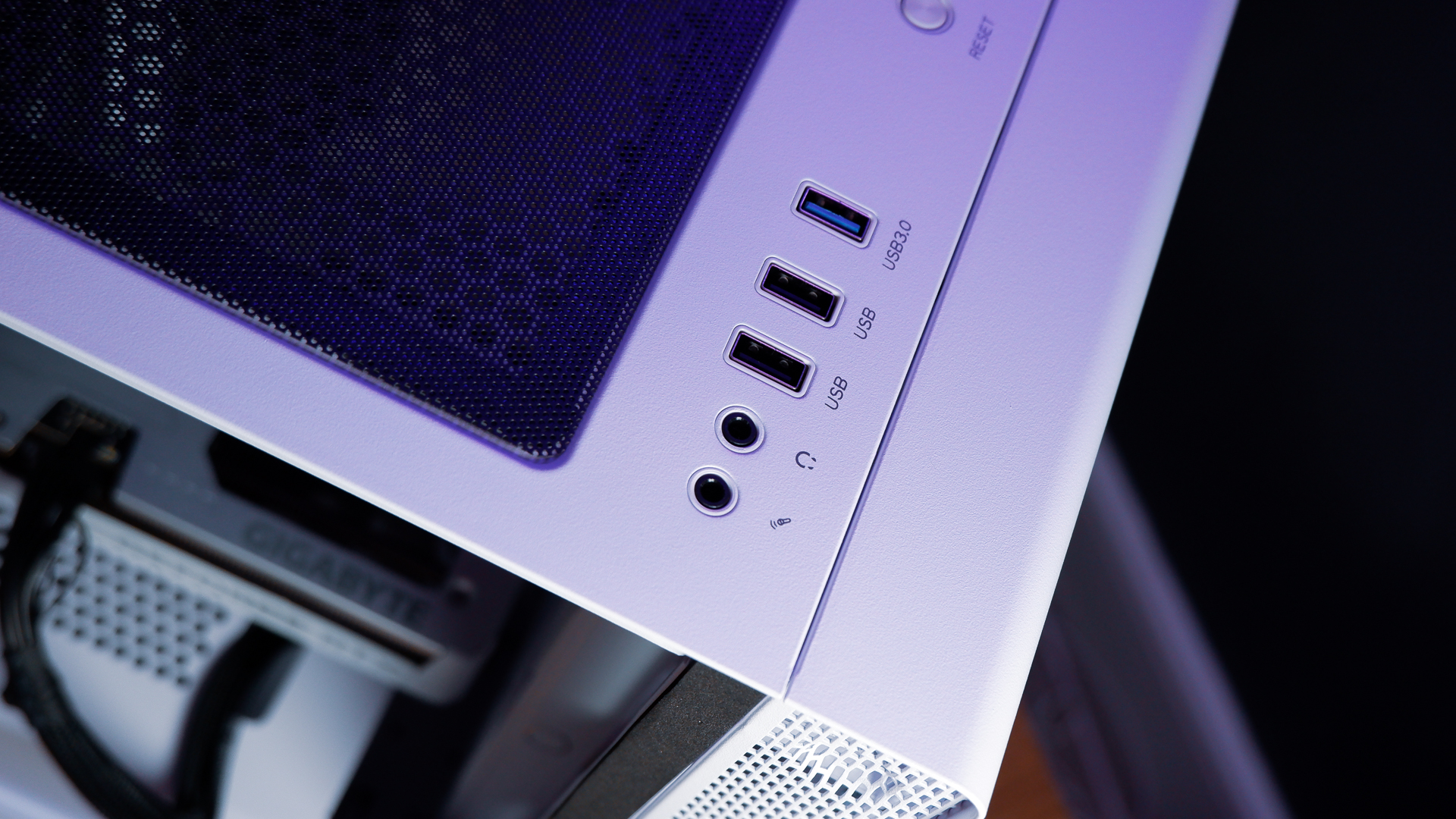

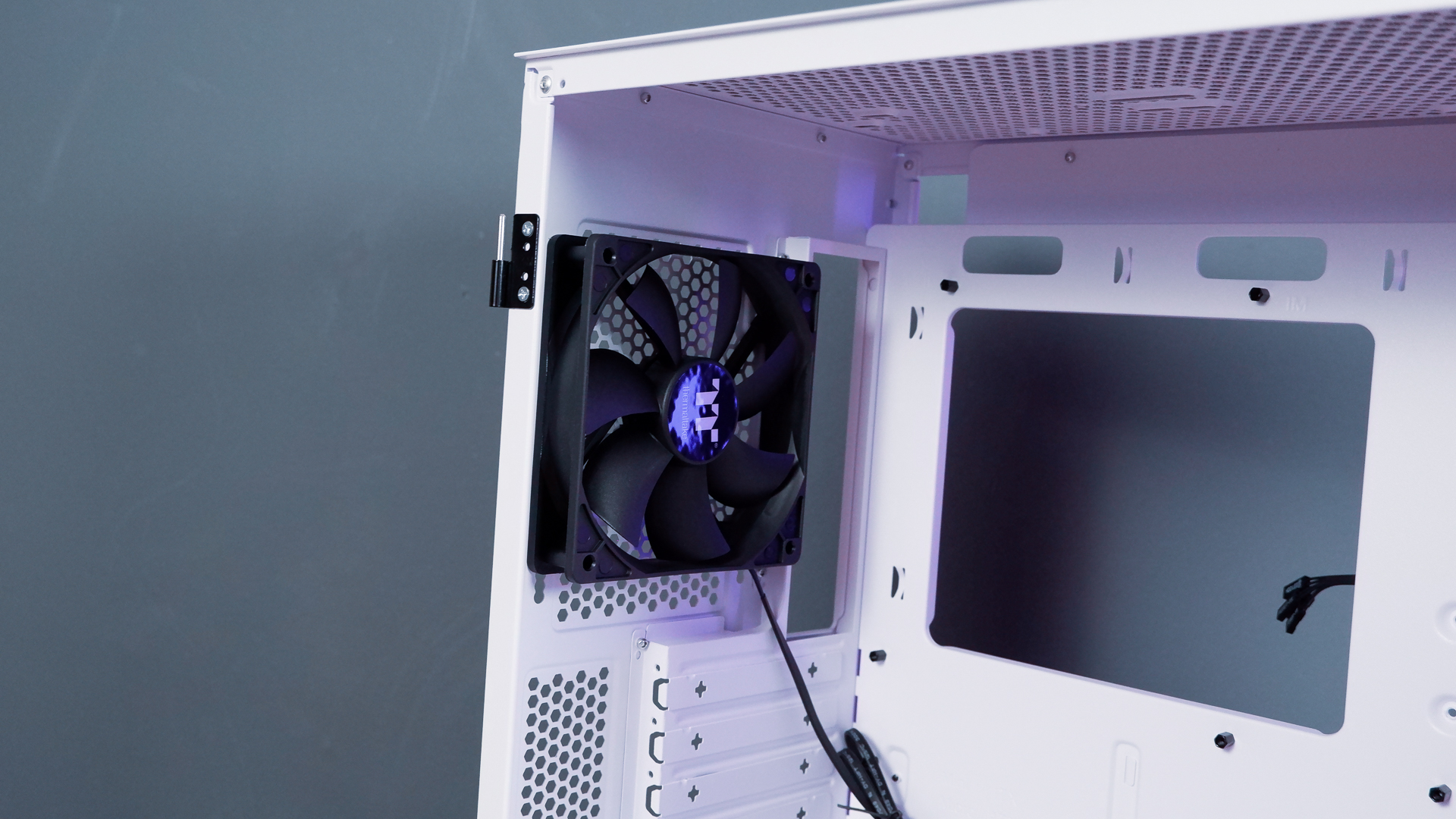
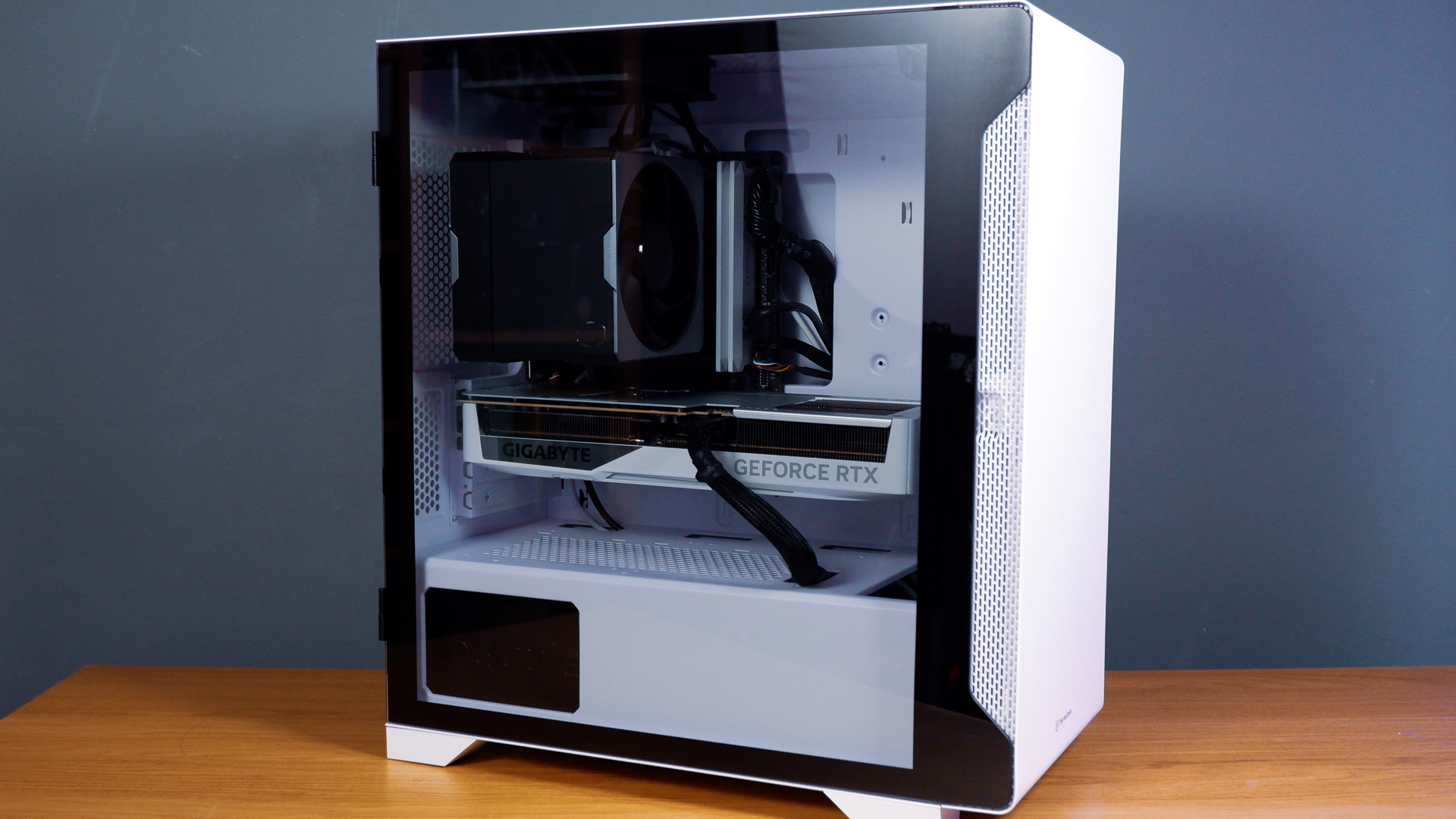
There are a few size limitations to be aware of when it comes to cooling. Thermaltake suggests a maximum size of 280 mm for the front and top radiator mounting positions, despite being able to fit 3x 120 mm fans in the front. That's likely because it's a bit of a tight squeeze around the top of the case with the front IO, which was a bit of a hassle to work around, even with the convenient three-fans-in-one I used for this build, Cooler Master's Sickleflow Edge 360.
✅ You want a white build that doesn't break the bank: You can nab yourself a great base for a white PC here, and with the crumbling costs of white components these days, you don''t have to spend the world to get it.
❌ You want something that will last a good few PC builds: The core case might last a long time here, but the non-replaceable expansion slots and awkward cable management options will make upgrades, especially big ones, a bit of a pain.
If you prefer to stick with air cooling, or you just want to save some cash on an affordable air cooler, there's ample room for that. I installed Cooler Master's Hyper 612 Apex into this case, which is a massive cooler by most metrics, and it fit with ease. I did, however, move the rear exhaust to sit above the air cooler, rather than directly behind it, just to increase airflow.
With everything in place, I have been most impressed with this case's stunning good looks. It's pretty simple, clean-cut, and doesn't stand out too much, but the white is a uniform colour throughout the case and the subtle front panel looks good on or under nearly any desk. The black highlights on the side panel, hinges (darn, said it again), and fan actually help to create a look that looks purposeful with both white and black components inside it—you don't need to splash out on a white PSU. Altogether, it's one of my favourite builds from the past few months, despite building others with much more expensive parts.
For a $70/£40 case, there's a lot to like. Sure, there are some telltale signs of corner cutting to reduce costs, such as the non-replaceable expansion slot covers, lack of cable management options in the rear (you have to make do with a few metal loops and zip-ties), and only Type-A ports on the front IO (2x USB 2.0, 1x USB 3.0), but the core case essentials are done very well.
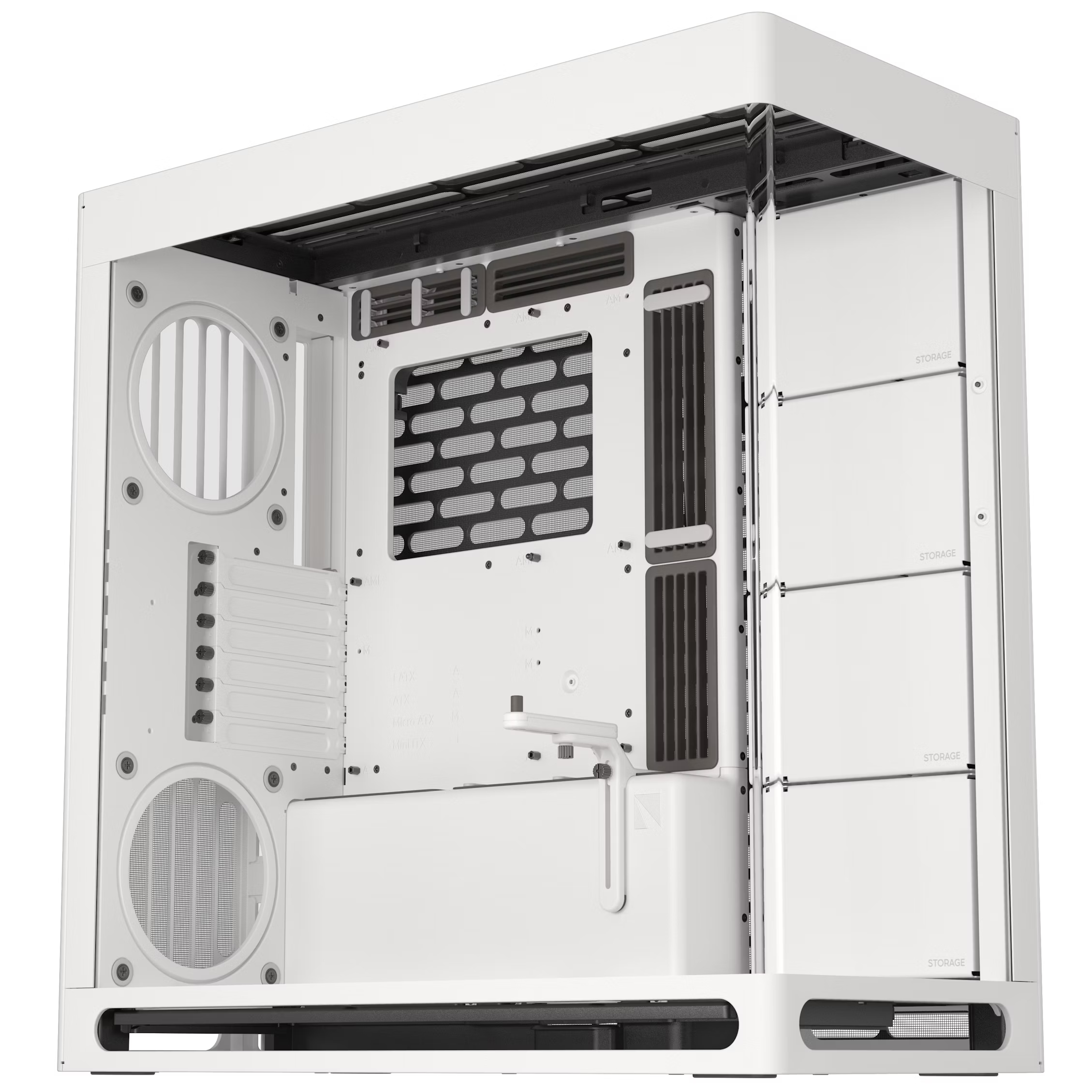
1. Best overall: Havn HS 420
2. Best budget: Phanteks G400A
3. Best midrange: Hyte Y40
4. Best high-end: NZXT H9 Flow RGB+
5. Best Mini-ITX: Fractal Design Terra
6. Best Micro-ATX: NZXT H3 Flow
7. Best full-tower: NZXT H7 Flow
8. Best dual-chamber: Hyte Y70 Touch Infinite
9. Best fish tank: Lian Li O11 Vision Compact
10. Best looking: Phanteks Evolv X2
11. Best for beginners: Be Quiet! Shadow Base 800 FX
The Thermaltake S100 TG Snow Edition is a great start to any white gaming PC build. It's affordable, and that shows in places, but the bare necessities are done exceptionally well.

Jacob earned his first byline writing for his own tech blog, before graduating into breaking things professionally at PCGamesN. Now he's managing editor of the hardware team at PC Gamer, and you'll usually find him testing the latest components or building a gaming PC.
You must confirm your public display name before commenting
Please logout and then login again, you will then be prompted to enter your display name.
